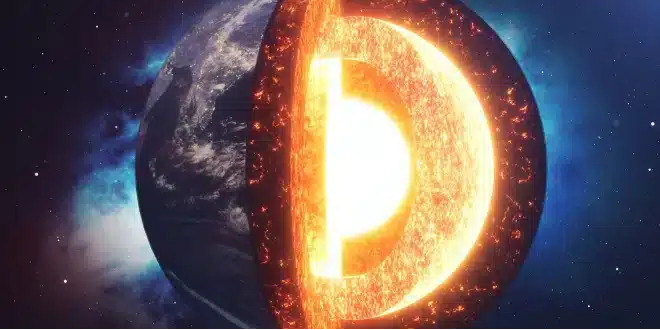Scientists have been exploring the Earth’s core, uncovering some of the planet’s most “extreme features” hidden deep beneath the surface. Recent research suggests that mysterious zones, located in the Earth’s deep mantle where earthquake waves have slowed, may actually be more widespread across the planet than previously thought.
These areas, known as ultra-low velocity zones (ULVZs), have been known to exist in the Earth’s lower mantle. However, it was previously believed that they were only found in specific regions where hot rock rises to create volcanic island chains, such as Hawaii. The new research challenges this view, indicating that these zones could be more common throughout the Earth’s mantle.
These enigmatic ULVZs are capable of slowing down seismic waves by about 50%, but scientists remain uncertain about their composition or their role within the Earth.
“These are some of the most extreme features we observe anywhere inside the planet,” said Michael Thorne, a geophysicist at the University of Utah, in an interview with Live Science. “Yet, we don’t know what they are, where they come from, what they’re made of, or what function they serve within the Earth.”
Some researchers speculate that these ULVZs could be remnants of massive impacts from meteors that bombarded the Earth in its early history. However, Thorne suggests that if these zones are indeed widespread, they might still be forming today.
One theory is that volcanic rock, such as basalt, which forms at mid-ocean ridges, could be responsible for creating these wave-slowing structures. When basalt sinks into the mantle through a process called subduction, it can melt and form pockets that slow down seismic waves.
Thorne and his team studied the waves generated by powerful earthquakes, known as PKP waves. Their analysis revealed that something was significantly slowing down these waves, preventing them from scattering energy as expected.
The researchers believe that the valleys and ridges along the core-mantle boundary are responsible for this phenomenon. Thorne noted that signatures of ULVZs have been detected in various regions around the world, including North America, North Africa, East Asia, Papua New Guinea, the Pacific Northwest, and the western Pacific.


